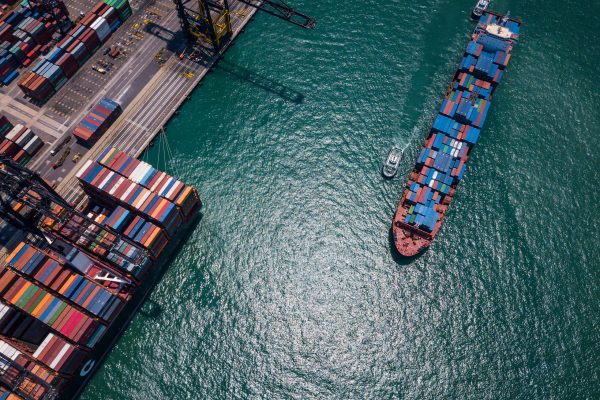| Area |
Perceived benefits |
Key findings |
| Trade in goods |
(i) Provides tariff-free access to over 65% of goods in the region.(ii) Improves the intra-regional sourcing of raw materials. |
(i) Gains from trade creation in Malaysia will not be substantial because tariffs are low to begin with (average applied tariff on intra-RCEP trade is 1.3%).(ii) Over 70% of intra-ASEAN trade is currently tariff-free, and only 0.35% of products in the existing ASEAN Free Trade Area are subject to import duties. Tariff cuts are modest at best. |
| Rules of origin (ROO) |
(i) Creates a single rule book that harmonises overlapping rules in the region. Establishes formulas through which goods made using a combination of materials from RCEP and non-RCEP countries qualify for preferential access.(ii) Simplifies the process of exporting and importing goods across the region. |
(i) RCEP’s biggest concrete contribution, especially as the first FTA to bring China, Japan and South Korea together. Common ROO saves time and reduces exporters’ paperwork. (ii) First step towards further supply chain integration in future. But this also depends on adequate infrastructure, scale economies, agglomeration effects and strategic domestic industrial policy, which are beyond RCEP’s scope. |
| Non-tariff measures (NTMs) |
(i) Promotes transparency in the application of NTMs (i.e. policies apart from tariffs, such as quotas or regulations, that reduce trade).(ii) Minimises regulatory barriers by improving access to information on exporting requirements, decreasing transaction costs and promoting conflict resolution. |
(i) The recognition of transparency is a step forward. However, RCEP’s provisions on NTMs mostly affirm and uphold existing WTO agreements and ASEAN FTAs to which RCEP member states are already party. (ii) The actual reduction of NTMs requires compliance and active cooperation, which RCEP does not impose. |
| Trade facilitation |
(i) Reduces customs clearance times and minimises bureaucracy in the shipment of goods.(ii) Simplifies the process of trading. |
(i) Malaysia already exceeds RCEP’s benchmarks on customs clearance. RCEP’s trade facilitation measures are not novel, with many initiatives having already been launched within ASEAN. (ii) Nevertheless, the proposed measures could be beneficial in terms of cross-border trade with the regional partners. |
| Investment |
(i) Incentivises investment to spur innovation and technological upgrading.(ii) Restricts measures that get in the way of free FDI flows. |
(i) RCEP’s requirement that host countries treat foreign investors and domestic investors equally has already been enshrined in existing FTAs. (ii) Attracting high-quality FDI requires strategic domestic policy to encourage joint ventures and collaboration, which is beyond RCEP’s scope. |
| Other areas |
(i) Mutually beneficial agreement, calling for economic and technical cooperation across countries.(ii) First FTA in the region to discuss SMEs, helping incorporate SMEs into regional value chains. |
(i) Cooperation is nonbinding, with the onus being on the more developed countries to assist.(ii) The recognition of SMEs is a step forward, but RCEP is just a starting point. Domestic policy, which RCEP does not cover, is needed to strengthen SME growth and access to export markets. |

